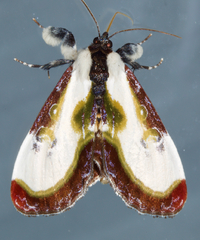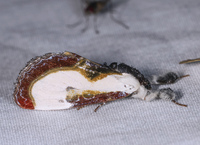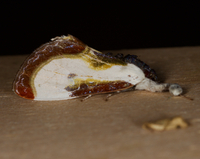
| Recorded by: Jim Petranka, Becky Elkin, Marilyn Westphal, Nora Murdock on 2025-08-25
Henderson Co.
Comment: | 
| Recorded by: K. Bischof on 2025-08-23
Transylvania Co.
Comment: |
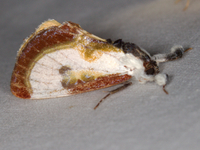
| Recorded by: Jim Petranka, Marilyn Westphal and Becky Elkin. on 2025-08-17
Henderson Co.
Comment: | 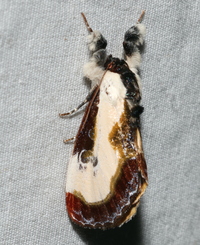
| Recorded by: David George, Kevin Bischof, Rich Teper, Patrick Coin on 2025-08-16
Transylvania Co.
Comment: |

| Recorded by: Mark Basinger on 2025-08-15
Ashe Co.
Comment: | 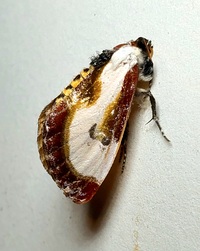
| Recorded by: Mark Basinger on 2025-08-10
Ashe Co.
Comment: |
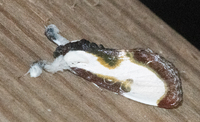
| Recorded by: Emily Stanley on 2025-07-27
Buncombe Co.
Comment: | 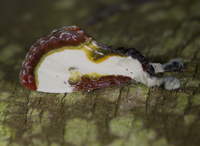
| Recorded by: Jim Petranka and Becky Elkin on 2025-07-26
Madison Co.
Comment: |
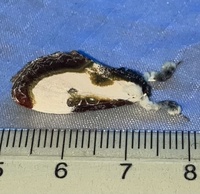
| Recorded by: Ken Kneidel on 2025-07-14
Yancey Co.
Comment: | 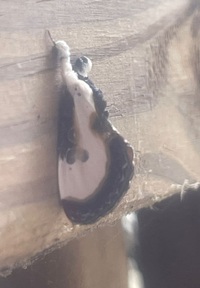
| Recorded by: Shelbie Leigh on 2025-07-06
Catawba Co.
Comment: |
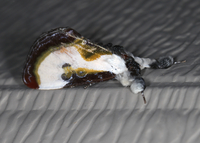
| Recorded by: Jim Petranka on 2024-08-07
Madison Co.
Comment: | 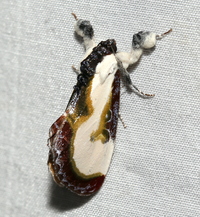
| Recorded by: David George, Jeff Niznik, Kevin Bischof on 2024-08-07
Transylvania Co.
Comment: |
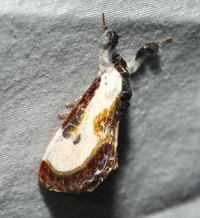
| Recorded by: David George, Jeff Niznik on 2024-08-06
Transylvania Co.
Comment: | 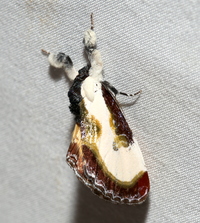
| Recorded by: David George, Jeff Niznik on 2024-08-06
Transylvania Co.
Comment: |
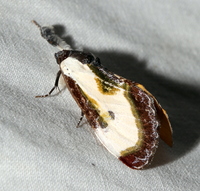
| Recorded by: David George, Jeff Niznik on 2024-08-06
Transylvania Co.
Comment: | 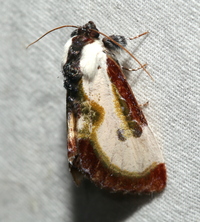
| Recorded by: David George, Jeff Niznik on 2024-08-06
Transylvania Co.
Comment: |
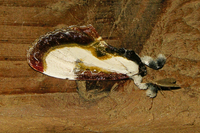
| Recorded by: Owen McConnell on 2024-08-05
Graham Co.
Comment: | 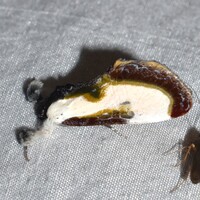
| Recorded by: David George, Jeff Niznik on 2024-08-05
Transylvania Co.
Comment: |
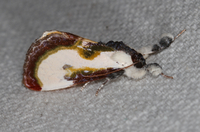
| Recorded by: Jim Petranka on 2024-08-03
Madison Co.
Comment: | 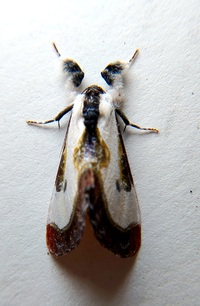
| Recorded by: Mark Basinger on 2024-08-03
Mitchell Co.
Comment: |
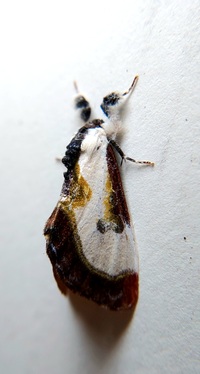
| Recorded by: Mark Basinger on 2024-08-03
Mitchell Co.
Comment: | 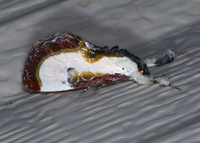
| Recorded by: Jim Petranka on 2024-07-26
Madison Co.
Comment: |
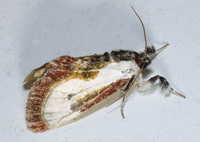
| Recorded by: John Petranka on 2024-07-26
Orange Co.
Comment: | 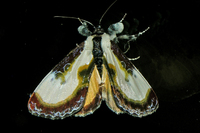
| Recorded by: Owen McConnell on 2024-07-11
Graham Co.
Comment: |
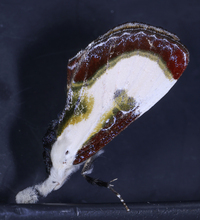
| Recorded by: John Petranka on 2024-07-11
Watauga Co.
Comment: | 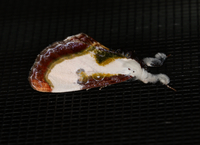
| Recorded by: Jim Petranka on 2024-07-10
Madison Co.
Comment: |
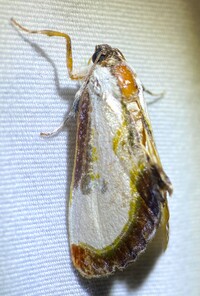
| Recorded by: Dean Furbish, Lior S. Carlson on 2024-06-25
Orange Co.
Comment: | 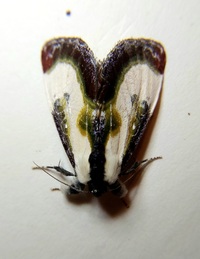
| Recorded by: Mark Basinger on 2024-06-24
Yancey Co.
Comment: |
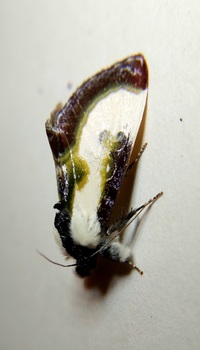
| Recorded by: Mark Basinger on 2024-06-24
Yancey Co.
Comment: | 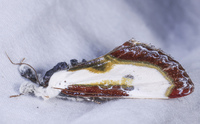
| Recorded by: John Petranka on 2024-06-20
Watauga Co.
Comment: |
|

 »
»
